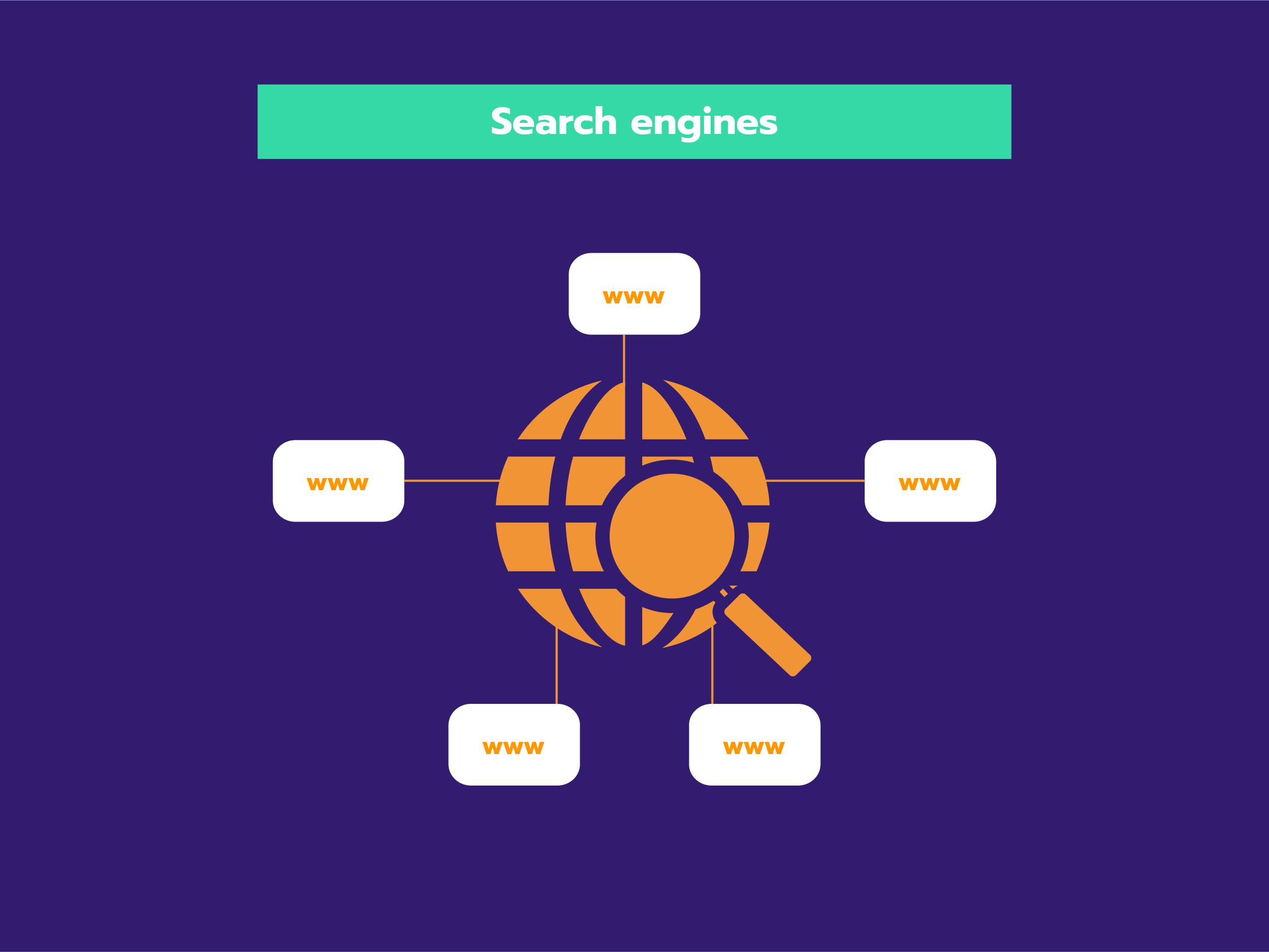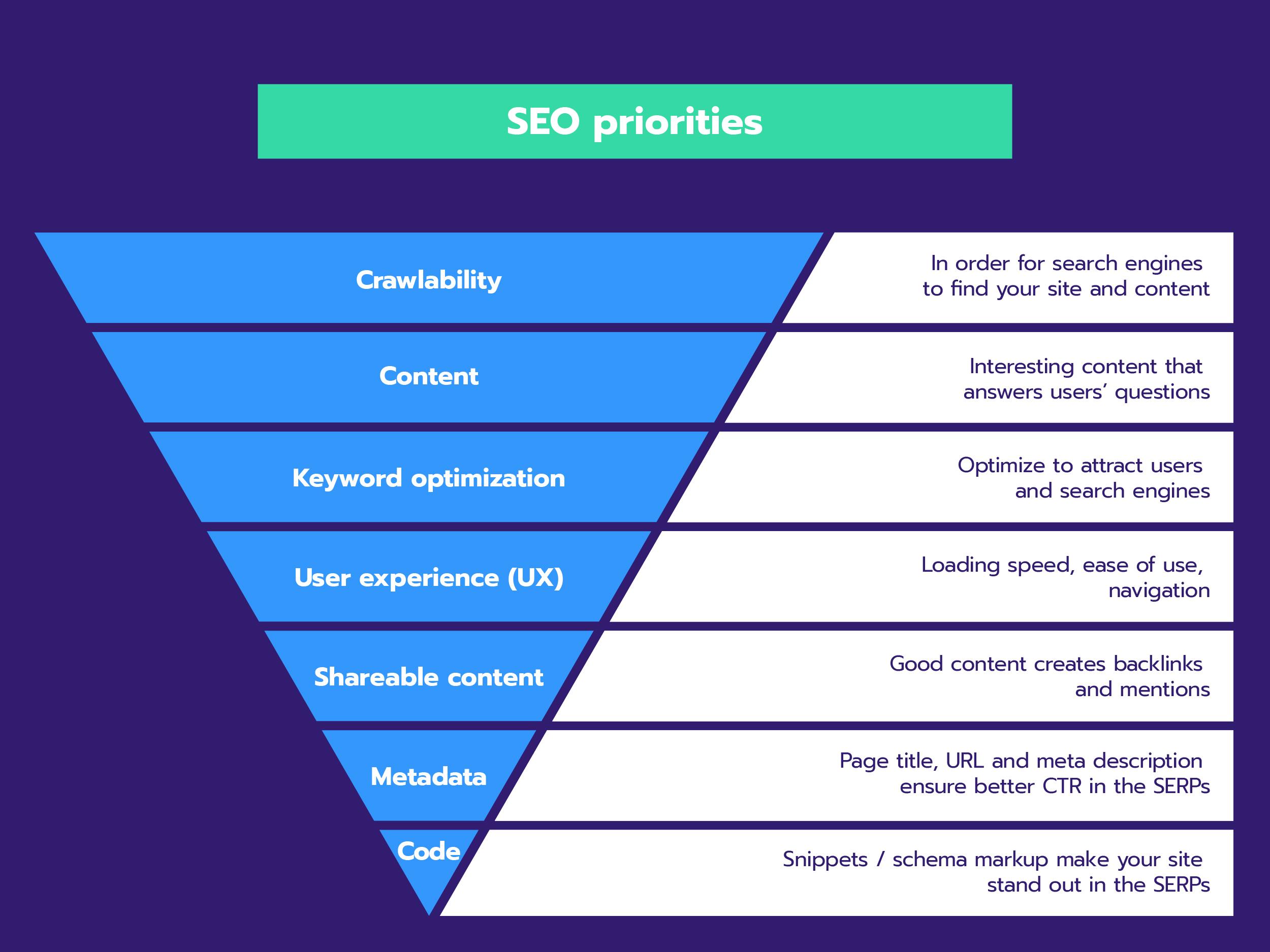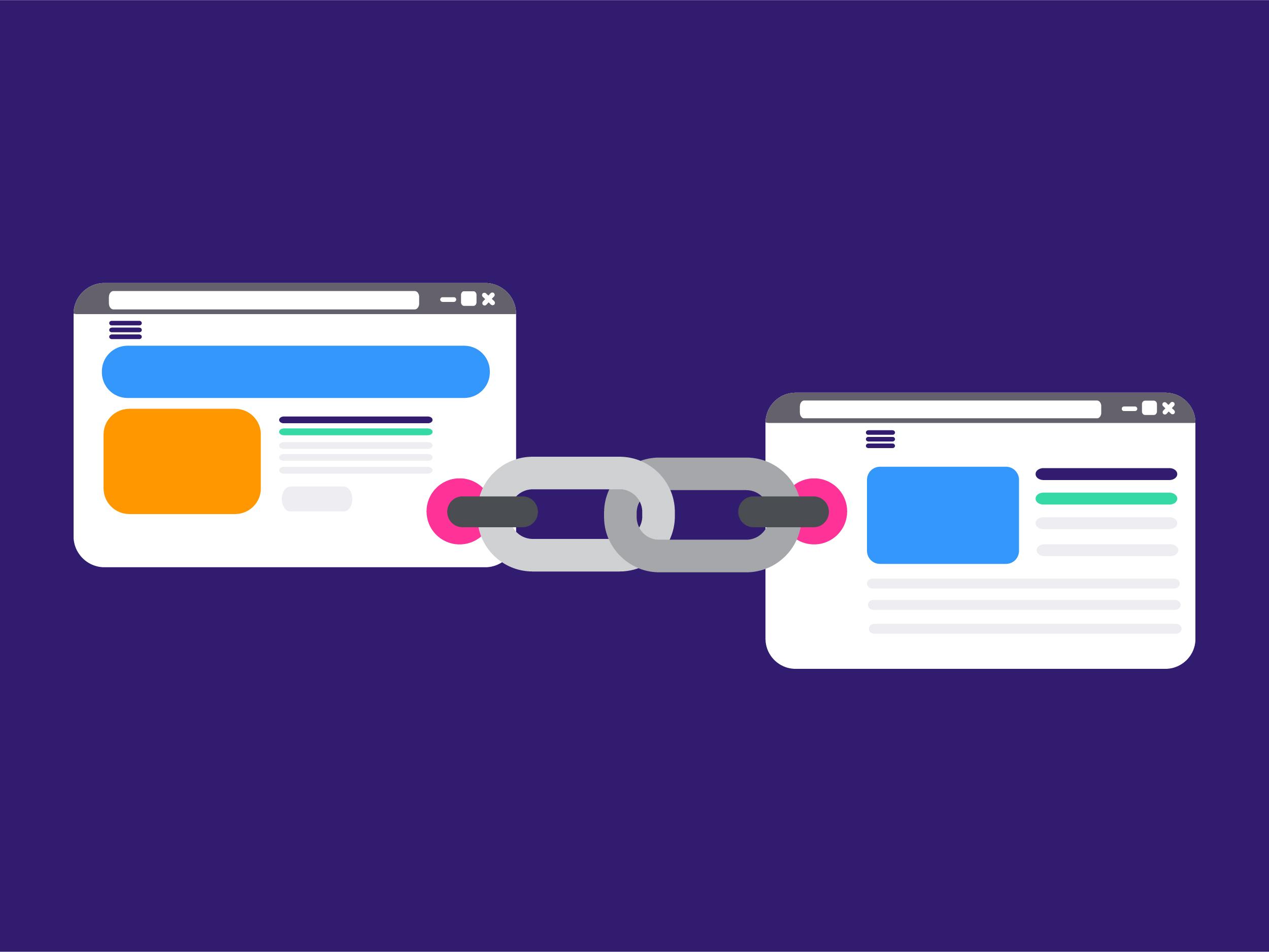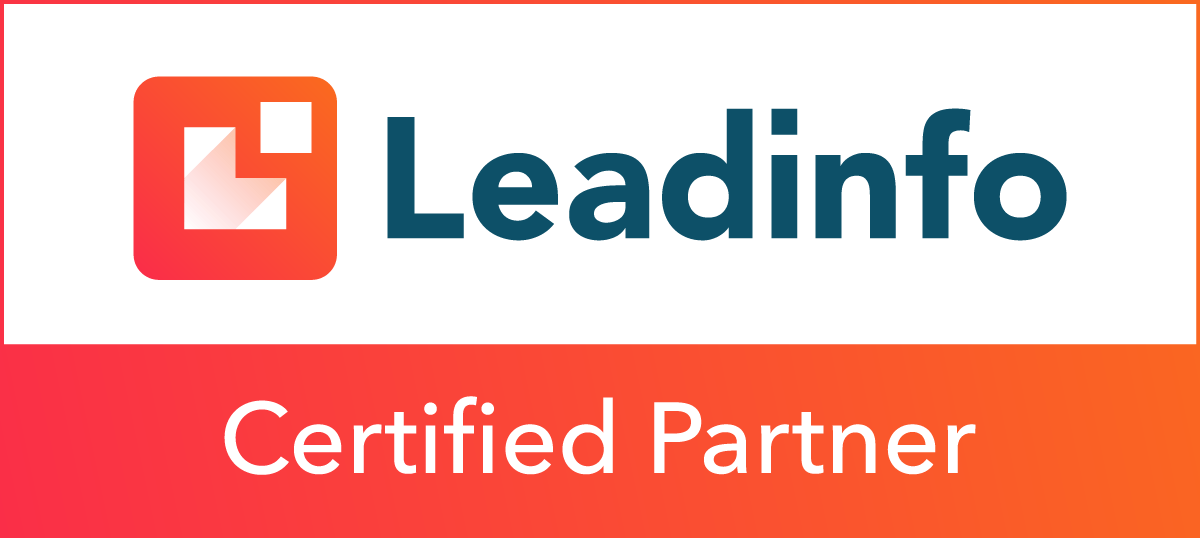Essential SEO tips for a higher ranking
Anyone involved in online marketing on a daily basis can't ignore it. SEO is all around. Besides advertising, Search Engine Optimization remains the biggest source of visibility in the SERPs and ensures a flow of website visitors. However, SEO can't be described in one action. They are various techniques that you apply simultaneously to optimise the organic health of your website. For example, a website must be in compliance in terms of SEO technology, but relevant, optimised content and the authority of a website is just as important. These are the rudimentary principles of SEO. But how can you harness their full potential? And where exactly should you start? Find out in this article.
The holy trinity: technical SEO, content and authority
Technical SEO, on-page (content) and off-page SEO (authority and link building) are the building blocks on which a comprehensive SEO strategy is based. If you want to have a high ranking in Google, these three aspects must be well implemented and seamlessly interact.

Technical SEO
Technical SEO is all about the crawlability/indexability and user experience on your site. When you put a web page online, it doesn't get a ranking straight away in the search results. This is because the page first needs to be picked up and classified by Google. The content of the page is of course semantically analysed in this regard, but also the speed at which everything loads, which tags (index, follow, canonical, hreflang, etc.) Google needs to take into account, whether there is Javascript involved and so on. Below are a few technical tips.
- Crawlers need to have access to your web pages. No access obviously means no indexing (e.g., due to server issues, restrictions on certain user agents, etc.).
- Submit an XML sitemap. This gives crawlers an estimate of how many pages to visit, scan and index, and makes it easy for them to find all these URLs.
- Robots.txt files contain directives for spiders. These are prompts you use to put user agents on the right track, e.g., to not allow certain parts of a site to be crawled or the required speed (so as not to overload your server).
- Unlike a noindex tag, a robot.txt file gives a signal to the spider not to see the URL, but to display it in the search results. Noindex means that the spider can see the URL, but cannot show it in the search results. Is there a page that you don't want indexed? Then choose noindex instead of robot.txt.
- Duplicate content is out of the question. Do you have multiple pages with similar content? Using a canonical tag, you specify which URL the spider can index as the "main page."
- Have pages been removed because you no longer sell the product, for example, or is old content now on a new URL? Then it's best to place a temporary or permanent redirect. If you don't, the deleted page will get a 404 error message, which is not ideal for your website's SEO. It's best to coordinate this with the developer!
- Display the correct language variant of a page to the appropriate language area via hreflang tags. This is especially useful when a page exists in multiple variants within the same language, e.g. version A intended for a Flemish audience and version B for a Dutch one. The tags ensure that the correct variant is displayed to each target audience.
A website's URL structure should be as logically structured as possible. Use short words, without unusual characters, underscores or spaces, and incorporate relevant keywords if possible. A healthy hierarchy makes it easier for crawlers to find their way through your site.
In addition to crawlability and indexability, user experience is an important factor for technical SEO. The important thing here is not so much the design, but rather the loading speed, mobile-friendliness and responsiveness of a page. These factors, among others, are assessed by Google using so-called core web vitals. Unwanted elements are generally uncompressed images, Javascript or CSS components, and a slow server response. Moreover, a fast load speed applies not only on desktops but also on mobile devices. A site needs to be adapted to this via responsive web design. If not, it will cost you SEO points.
Content and on-page parameters
- The essence of SEO is that you are found in search engines for the right search query. To achieve this, you need relevant content that responds to the search query. Without content, a site has little in the way of substance. It is, as it were, the backbone that keeps your website upright. When you place content on the website, you need to ask yourself two questions: "What is my customer searching for?" and "What does Google regard as good content?" The trick is to find a nice balance between the two.
- Apart from chatting with existing customers, you can find out what is good content for Internet users by performing keyword searches. Throwing keywords at a website at random is not a good idea. On the other hand, these keyword searches show you what words people are typing in when they search for the products and services you offer. These are the keywords you need to focus on.
- What Google regards as good content is a closely-guarded secret. Fortunately, through trial and error, we've learned quite a lot. Content needs to provide the most relevant response to a search query. Moreover, it needs to be unique (i.e.: no duplicate or thin content), reliable and preferably up-to-date. An author with expertise and authority adds value to any piece of content.
On-page SEO is the collective term for all the parameters that are 'on' an individual web page. It is closely linked to the content section, as it also contributes to the message or information the page is intended to convey. However, content is the nucleus, while on-page is more the finishing touch. 'On-page' primarily refers to the page-specific header structure, URL, alt attributes in images, internal links, metadata, structured data and correct keyword usage. In other words, the standard list that needs to be tip-top for every page.
Off-page SEO and authority
'Off-page' perhaps conjures images of link building. However, it is much more than that. As the name suggests, off-page SEO is all the SEO tactics that take place off-page. For example, brand mentions, influencers, guest authors, content marketing and so on. Each tactic aims to enhance a website's authority. When a website's authority is enhanced, so does its reliability, quality and ranking in search engines. There are 3 off-page strategies which have a significant impact on authority:
- A Google Business Profile is separate from the traditional ranking, but appears when people search for a relevant keyword and location. Your profile appears when you offer that product in that location. Local pages are a good way to highlight this to Google. Be sure to link Google Search and Google Maps to optimise the functioning of your business profile.
- Site authority management, aka link building. Link building involves building a network of backlinks. These are links on other sites that link directly to your web page. They give the signal that third parties find your page trustworthy and informative. The more backlinks you have, the stronger your authority. Google therefore considers you more important and lets you rank higher in the search results.
- Content marketing is intended to impress your target audience with your professionalism, openness, creativity, in other words, everything that makes your business unique. You do this by focusing on (a combination of) text, images and video. Get it right, and you'll be a source of inspiration to your audience and they will share, like, and bookmark your content, or any action that results from engagement. The more your brand is disseminated, the bigger its authority
Where to start with SEO?
SEO is based on three pillars: technical SEO, content and authority. These three aspects need to be in perfect alignment to get more visibility and high rankings in Google's search results page. But where do you start and what are the priorities?

This image shows the order of priority of SEO tasks. A site first needs to be crawlable/indexable before the content on it can be read. Make sure your content is useful and adds value to the user, and only after that start carefully adding keywords. Not only the information itself but also how it is presented and how the user interacts with it is important - if you win over your target audience, then your content is more likely to be linked to and talked about positively online. This will get you a long way, but to get the most out of it in terms of visibility and CTR in the SERP, you can optimise your metadata and structured data as a final step.
Of course, you don't just apply this sequence blindly to any site: you may have already covered most of the work points perfectly well and only get stuck on a specific part, or e.g. that for your sector or niche the user experience is more important than broad keyword coverage. But in general, the above steps provide a good guide to getting started with SEO by yourself.
Optimise your SEO with these tips
You now know exactly where to start. The starting gun has been fired. But don't start blindly changing your site around. There are a number of tips and quick wins that make rolling out an SEO strategy a lot easier.
Content tips
- Don't forget to give a keyword search the necessary attention. Without this info, you may be focusing on keywords, content and pages that no one is searching for. You'll therefore waste time and money, which you could have devoted to attracting other potential customers. Start with keywords for the most important products and services in your offering and work more in depth. You'll notice a lot of general keywords coming up, as well as long-tail keywords. Long-tail keywords are the ideal basis for blogs and FAQs.
- A website always contains pages that are slightly more important than others. For example, a category page is often more important than an individual product page in terms of SEO. It is crucial that there is enough strong, unique content on these more important pages. Text is obviously essential, but images, infographics, videos and tools are also an added value. Moreover, your web pages need to provide information for every stage of the customer journey, from inspiration and product information to aftercare.
- Niche topics and content about long-tail keywords are commercially interesting to put on your website. Indeed, they attract visitors who are looking for something highly specific and are more willing to convert for that very reason. Local SEO is a great example of this. By creating local landing pages for each location where your business is active, you reach an audience that is looking for your products and services in that region. Are you active in a very large region? Then it's worth considering partnering with an SEO tool such as Tailpage. Instead of having to write all content manually, Tailpage provides unique, human text for local pages in a semi-automated way. SEO-optimised, no duplicate content and most importantly, no exorbitant invoices from your copywriter.
Technical and on-page SEO tips
- When it comes to technical SEO, the main to do's are difficult to put down in a list, as there are so many different potential issues. These can vary significantly from site to site. Nevertheless, the following issues crop up frequently: correcting 404 errors, setting up proper redirects, checking index/noindex tags and applying hreflang or canonical tags where necessary.
- Also definitely check the loading speed of the website and pages. Is it too slow? Then compress the images and/or remove unnecessary code.
- There is no one specific on-page parameter that stands out, they are all important: relevant keywords on the page, headers, metadata, images with alt attributes and structured data. Check them all out and above all think critically about them. Are they attractive enough? Do they persuade visitors to click on it, continue reading, convert and so on?
- Make sure too that the above-mentioned on-page parameters for each page are as unique as possible. The more overlap, the harder it is for Google to determine which page should be displayed for which search query, so your pages start to compete with each other (= cannibalisation). When multiple pages are almost exact copies of each other in terms of content, it is referred to as duplicate content - something Google hates (ditto for duplicate meta titles and meta descriptions).

- Build an internal link structure. In a text on a web page, place links to the most important pages of your website and make sure no pages are overlooked. That way, you build a spider web of links that is easy for Google's spiders to follow. It's best to put the link on a relevant anchor text, preferably with a keyword in it. And remember, don't go all the way with placing links, as this will dilute the link value. Three to four links per page is ideal.
SEO link building tips
The best link building tip we can give you? Try to build as strong a backlink profile as possible. However, this does not happen overnight. Link building is a process in which you need to keep investing. Some ways to collect quality backlinks:
- Link baiting, as the name suggests, involves looking to attract links. It means making your content interesting enough that other websites want to link to it. These may be tools and widgets, valuable information, news and current affairs and even humorous content.
- As a guest blogger, you write blog posts for another website. Your article comes online and in return you get a link back to your own site. It is a win-win situation for both parties. One party has a quality blog article and the other has a nice backlink. Both are highly valuable for the SEO of the sites involved.
- Link trading is a very well-known link-building tactic whereby links are traded with each other. You take the bull by the horns by partnering with other companies. With the link-for-a-link principle, company A makes a link to company B, if company B does the same for company A. In other words, it's literal barter trade. Although opinions are divided on this issue and there are doubts about the acceptability of the strategy, it is nevertheless widely used. But beware: buying links is a definite no-go!
Resources are absolutely essential when you apply SEO
Now you know where your priorities lie, and thanks to some handy SEO tips, you're ready for a flying start. The only thing missing is some resources to get started by yourself. The SEO landscape is bursting with tools, and you can go as far as you like with these. Every SEO component has its own specific tool, but there are a few basic elements you can fall back on each time.
- Some useful SEO tools include SEMrush, Ahrefs and Google's Keyword Planner. You can perform keyword searches with all three of these tools. Useful features include the comparison between your site and competitors' sites. From this, you can learn, for example, which keywords they are already using and which you are not yet using.
- Answer the Public provides content inspiration by collecting popular (long-tail) searches around a specific keyword. Ideal for blogs and FAQs.
- Finally, Screaming Frog is a tool that lets you easily detect technical SEO errors, even when your site is extensive. The tool scans all Web pages for common errors such as 404 error messages, duplicate content and excessively long or missing metadata.
- When devising content, a user-friendly CMS is crucial. This gives you the freedom to make your own changes to text or add new pages without relying on external parties, such as web developers. Also, adjusting default on-page parameters is sometimes incorporated and sometimes impossible, depending on the CMS. So choose an option that makes life easy for you.
- What is more, devising content mainly requires a lot of writing. If you are lacking inspiration, or writing is simply not your strong suit, hiring a copywriter is perhaps a good idea. They know the ins and outs of SEO, as well as the rules.
Moreover, a lot depends on the type of business and website. As a local player with a limited sales area, you don't need a lot of complex tools. However, larger sites such as e-commerce sites need more than the basics. When these sites put (local) landing pages online, they are mostly in large quantities. In this regard, manually creating content or manually checking the SEO status is a futile task. That is where (semi)automated solutions come in. And Tailpage is the best of the bunch in that regard. The SEO tool produces content in bulk for various objectives. The pages focus on a keyword combined with a location, and are all SEO optimised and avoid ending up as duplicate content. This saves companies time and money they would otherwise have had to devote to an army of copywriters.

